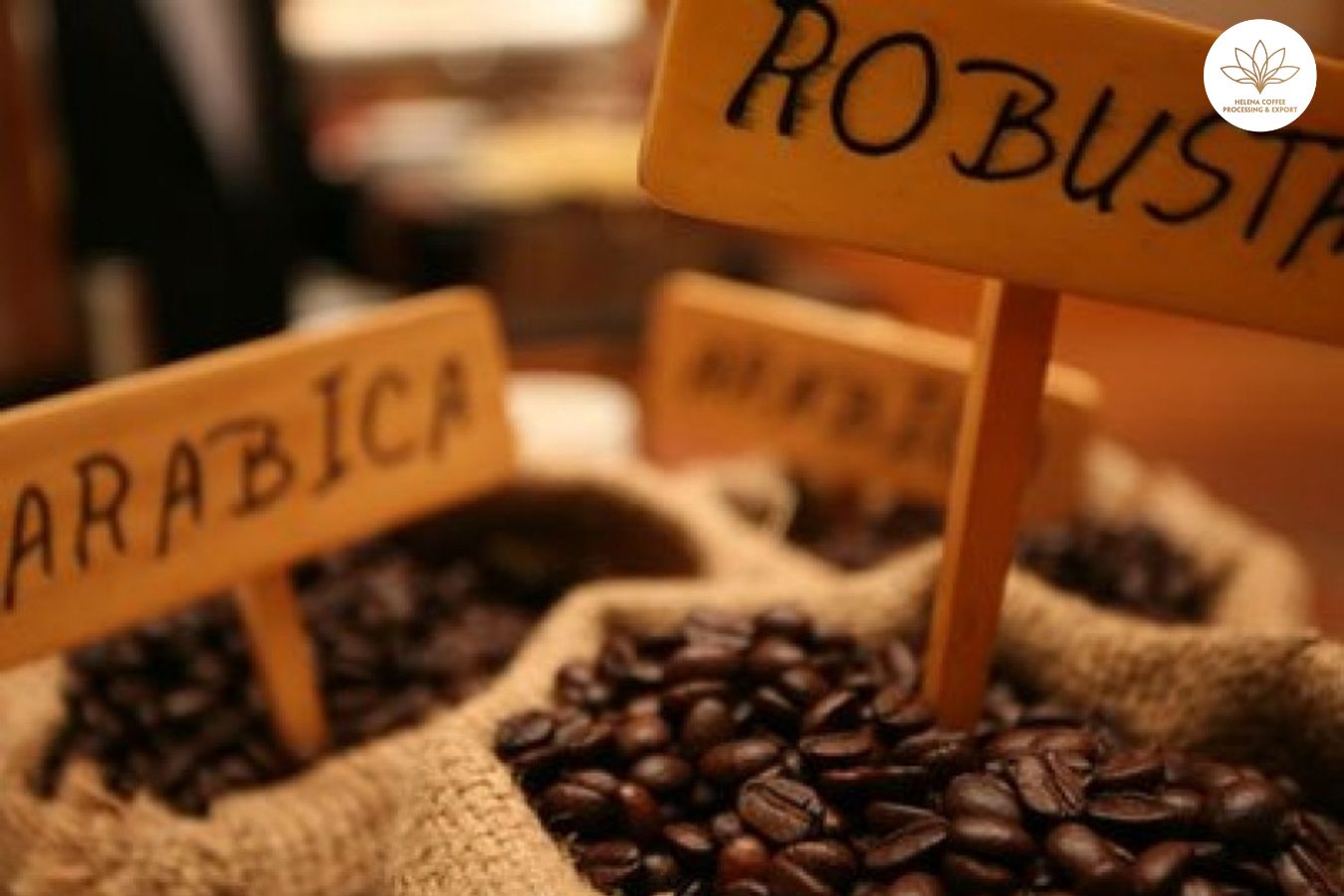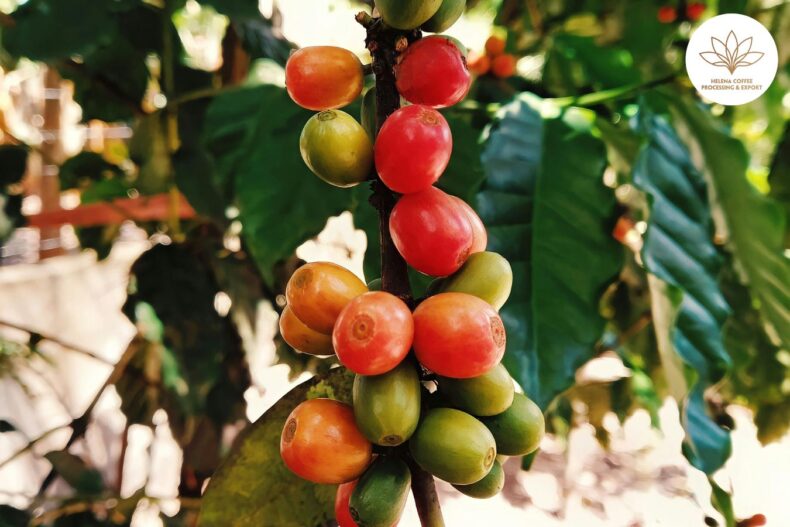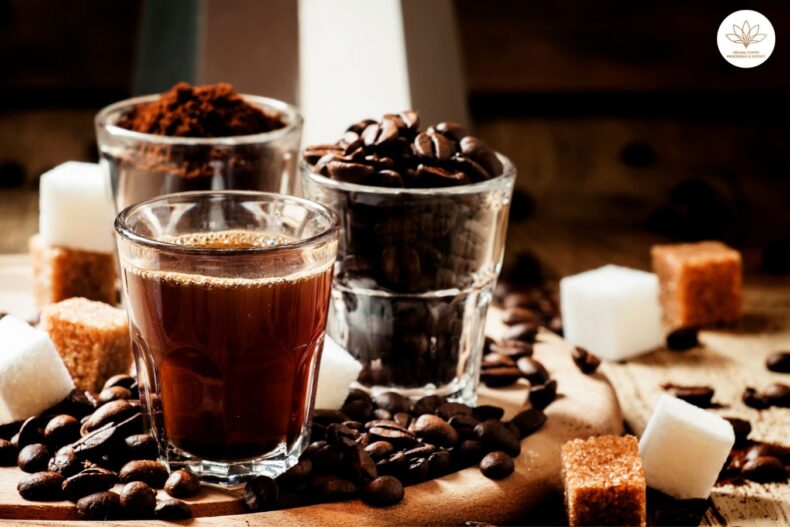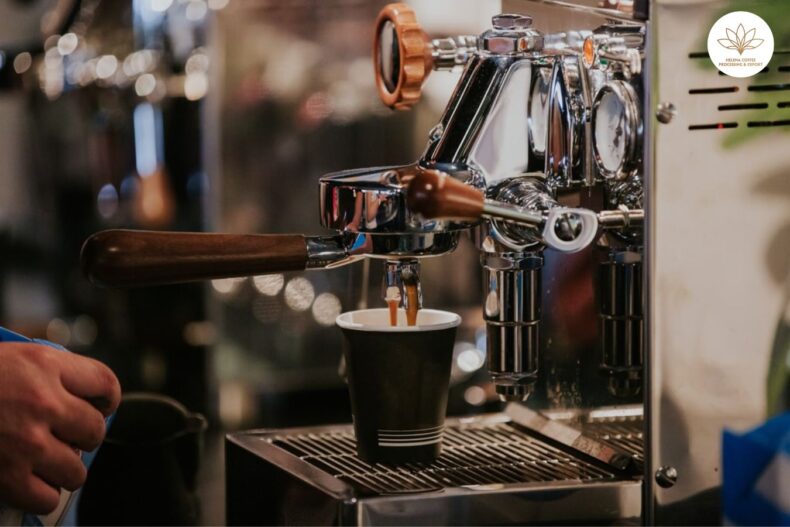
The difference between Robusta clean and other types of coffee: as you’re likely aware, coffee stands as one of the most beloved beverages across the globe, with millions indulging in its rich flavors each day, often brewed using a Moccamaster. Yet, the taste of coffee can be a world of contrast, largely attributed to two primary varieties of beans: Arabica and Robusta. In this blog, we delve into the nuances that distinguish these beans, shedding light on their unique characteristics. Our aim is to equip you with the knowledge needed to select the ideal bean for your Moccamaster brew, tailored to your personal preferences.
Between Robusta Clean And Other Types Of Coffee
To classify the two coffee varieties Robusta and Arabica, we can easily recognize them through the following characteristics.
About shape
Arabica coffee beans are easily recognizable by the external senses: the beans are larger, longer, the groove in the middle of the bean has a wavy shape, and the color is lighter after roasting.
Robusta coffee beans are slightly small and slightly round, the groove in the middle is usually straight, and the color is somewhat darker after roasting.
About taste
As mentioned above, Arabica coffee beans often have a sour and bitter taste, are widely used in Western countries, and are especially suitable as ingredients for drinks such as Espresso, Cappuccino,… because of its mild bitter taste and gentle aroma.
For Robusta, when unroasted, the coffee beans have a subtle scent of fresh peanuts, and after roasting, they will possess a passionate flavor – from neutral to bitter, suitable for those who love strong flavors. of coffee.
About geographical location
Arabica coffee varieties are often grown at altitudes above 600m, in places with cool climates, mainly Brazil. This type of coffee accounts for 2/3 of the world’s coffee production. After being harvested, Arabica coffee beans are fermented, soaked in water to bloom, then washed and dried.
Robusta coffee has smaller beans than Arabica, suitable for tropical climates, so it is grown a lot in Vietnam, accounting for 1/3 of the world’s coffee output. However, after harvesting, Robusta coffee is not fermented like Arabica but is dried directly so the bitter taste dominates. During the production process, to produce quality production, the temperature must be up to 230-240°C to create color and aroma, temperature requirements for Robusta and are stricter than Arabica.


